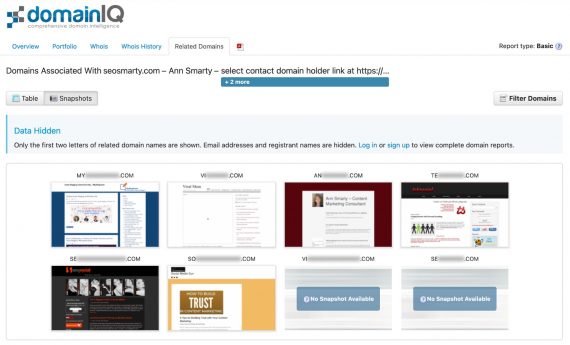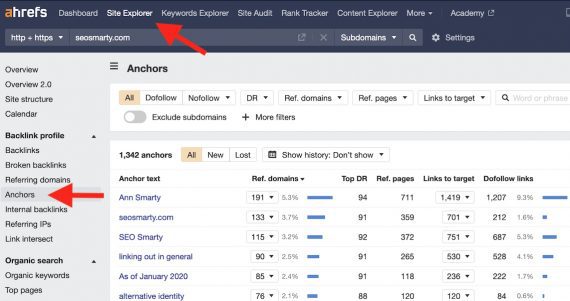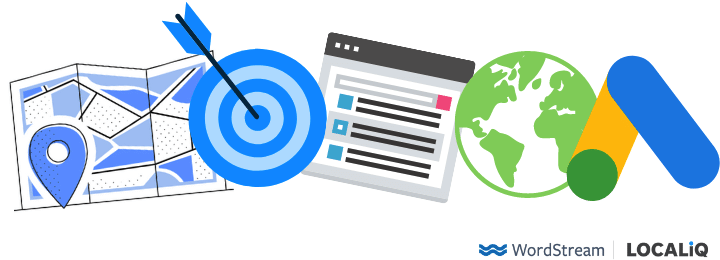There are many ways to spot low-quality backlinks. I prefer looking at anchor text and identifying spammy links via:
Wayback Machine, the largest free archive of web pages, is perfect for that purpose. Enter the domain you are considering, and check the saved records over several years — review changes over that period, including new owners. Analyzing the “About Us” page can help.
One rationale for buying a second-hand domain name is inheriting the backlinks. Another is the name itself, especially if it represents your business or includes a primary keyword.
- Wayback Machine,
- DomainIQ,
- Ahrefs.
Domain Name Tools
DomainIQ reveals sites associated with a domain, when it was registered, and ownership changes. Click image to enlarge.
A natural backlink profile consists of brand names and common words. Ahrefs is a paid tool that makes anchor text analysis easy. Enter the domain name at “Site Explorer” and go to “Anchors” in the “Backlink profile” section. The report contains the number of referring domains, with the most common anchor text on top.
3. Ahrefs for backlinks and traffic. Google claims to know (and consider) when a domain changes owners. But in my experience, poor link-building practices used by a previous owner tend to harm the organic search rankings of the acquirer. So stay clear of domains with spammy backlinks.
PublicWWW is another useful tool for identifying networks of sites. While DomainIQ uses ownership to find associated domains, PublicWWW looks at sites with common code, such as Google Analytics or AdSense.
Search PublicWWW for the brand name or the previous owner’s name, and the tool will find all sites that mention those in the code.
1. Wayback Machine for relevancy. Knowing the content of the prior site is important because its associations will be difficult to overcome, especially if it was active for several years.
So before investing in a used domain, run it through these three tools:


The acquired domain should closely align with your current (or future) business. Avoid taboo topics at all costs.
DomainIQ is one such tool. The free version reveals the number of sites (with snapshots) associated with the domain, when it was registered, ownership changes, and snapshots of associated sites.
Ahrefs makes anchor text analysis easy. Enter the domain name at “Site Explorer” and go to “Anchors” in the “Backlink profile” section at left. Click image to enlarge.
Ahrefs also provides in the “Overview” section a snapshot of organic traffic over the years. Check that report as well. Looks for abrupt dips in organic traffic that could signal Google’s manual actions, which are difficult to lift.
- Large groups of backlinks with the same anchor text (that often reads unnaturally).
- Anchor text that exactly matches searchable keywords.
2. DomainIQ for associated websites. Checking domain records is challenging given stricter domain privacy laws and default privacy settings at registrars.
Whatever the reason, buying a used domain requires much due diligence. A domain name with a history of spammy search engine optimization could mean big trouble if the acquirer redirects its backlinks and thus passes Google’s penalties.




![What’s New With MobiusX [Release Notes – Q4 2021]](https://research-institute.org/wp-content/uploads/2021/04/what-to-know-before-you-sell-your-small-business-768x432.png)



